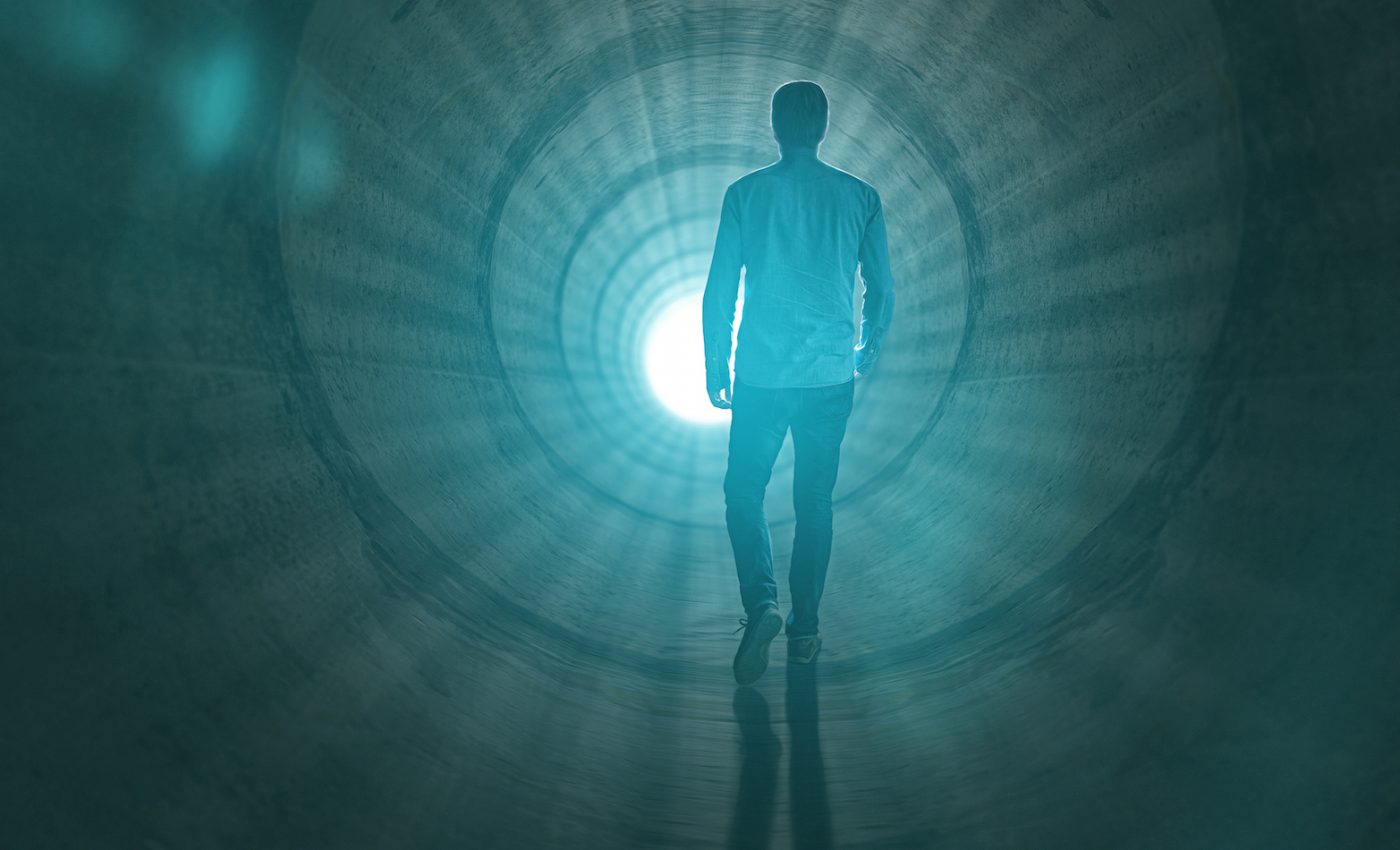
One in 10 people have had near-death experiences
One in 10 people have had near-death experiences. According to a new study from Spink Health, 10% of people have had a “near-death” experience (NDE), where they experience spiritual and physical symptoms which may include out-of-body sensations, seeing or hearing hallucinations, racing thoughts, and time distortion.
A team of researchers from the Rigshospitalet, Copenhagen University Hospital, University of Copenhagen, the Center for Stroke Research, Berlin, and the Norwegian University of Technology, collected data on NDEs from 1,034 participants spanning 35 countries.
They found that NDEs are equally as common in those who are not in imminent danger of death as in those who have experienced actual life-threatening events like heart attacks, car crashes, near drowning, and/or combat situations.
Of the 289 participants who reported having a NDE, 87% of participants experienced abnormal time perception, 65% exceptional speed of thought, 63% exceptionally vivid senses, and 53% felt separated from, or out of their body. Furthermore, 106 of those who reported a NDE reached a threshold of 7 on the Greyson NDE Scale, thus confirming they experienced a true NDE.
Other participants reported feeling at total peace, being aware they were outside of their body, seeing a bright light at the end of a dark tunnel, having their ‘soul sucked out’, hearing angels singing, and seeing their life flashing before them.
And some said they were aware of another’s presence before they went to sleep — others even described the feeling of a demon sitting on their chest while they lay paralysed.
The team found that 73% of those who reported a NDE found it to be an unpleasant experience, with 27% reporting their experience as pleasant. But in those with a score of 7 or above on the Greyson NDE Scale, 53% reported a pleasant experience and 14% an unpleasant one.
The researchers also saw an interesting link between NDEs and Rapid Eye Movement (REM) sleep, a phase of sleep during which the eyes move rapidly and the brain is as active as when the person is awake. It’s during REM sleep that a person has the most vivid dreams and sometimes one can experience temporary paralysis. If and when REM sleep intrudes into wakefulness, one can sometimes experience hallucinations and sleep paralysis.
Interestingly, REM sleep intrusion on wakefulness was more common in the 47% of people with scores of 7 or above on the Greyson NDE Scale than in the 26% of people with scores of 6 or below, or in those 14% who have had no such experiences.
“Our central finding is that we confirmed the association of near-death experiences with REM sleep intrusion,” said Dr. Daniel Kondziella, a neurologist at the University of Copenhagen. “Although association is not causality, identifying the physiological mechanisms behind REM sleep intrusion into wakefulness might advance our understanding of near-death experiences.”
—
By Olivia Harvey, Earth.com Staff Writer
Image Credit: Shutterstock/lassedesignen













